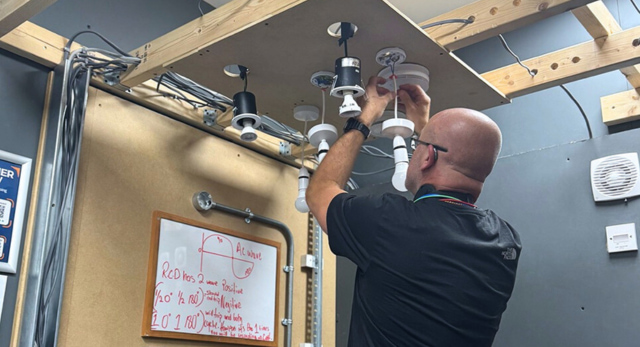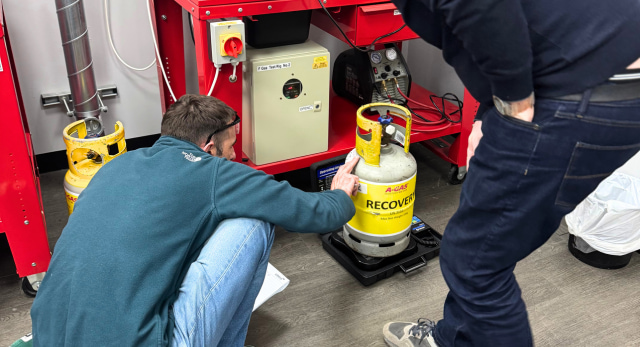Pilot now underway to better define safer levels of exposure to CO as trust aims to support fresh research into the gas
Registered charitable body The Gas Safety Trust is backing a proof of concept study looking at where the threshold may be forlow level exposure to carbon monoxide as part of a broader focus on supporting pioneering research.
Trust manager said that as part of a more focused approach to funding research, the organisation was backing a small pilot at Imperial College London focused on defining low levels of CO exposure that could have major implications for industry standards.
Over the last four to five years, the trust estimates it has committed £1.7m to research on CO in a range of areas that includes considering the impacts of energy efficiency measures on air quality.
The Gas Safety Trust has also recently announced its intention to provide funds to Newcastle University for a study on the detection of Carbon Monoxide poisoning at lower levels of exposure.
This will look at developing a means of demonstrating how CO affects cells and tissues by identifying so-called ‘biomarkers’ as a means of detecting the gas.
The organisation argues that existing detection methods for CO poisoning in the body are reliant on equipment often used long after a patient has been exposed. This raises the risk of testing being undertaken once traces of CO may have been eliminated from the body.
“The fact that symptoms of CO poisoning are similar to the symptoms of the common cold and flu provide challenges for medical professionals to diagnose and as such, it is often overlooked,” said the trust in a statement.
The research hopes to tackle these difficulties by creating biomarkers to better detail possible exposure to CO and any negative health impacts that can result.
Dr Christopher Morris, a senior lecturer with Newcastle University’s Medical Toxicology Centre and National Institute for Health Research (NIHR) Health Protections Research Unit in Chemical Radiation Threats and Hazards said the work was an attempt to provide preliminary information on potential blood protein biomarkers.
Citing Department of Health statistics, the Gas Safety Trust said that approximately 30 people die annually as a result of CO poisoning. These same figures concluded that 200 people are hospitalised as a result of the condition, with the trust arguing that the statistics tend to underestimate the scale of concerns as a result of a difficulty in diagnosis.
Adrian McConnell, Trust Manager said:
“Carbon monoxide is cumulative, so if you are exposed at a high level for a short period, it will probably kill you,”
“If you are exposed at low level over a long period of time, CO builds up and has a cumulative effect. But we don’t know where that threshold is. Where is the low level where it doesn’t hurt you anymore, or even over long periods of time where it doesn’t have an effect?”









